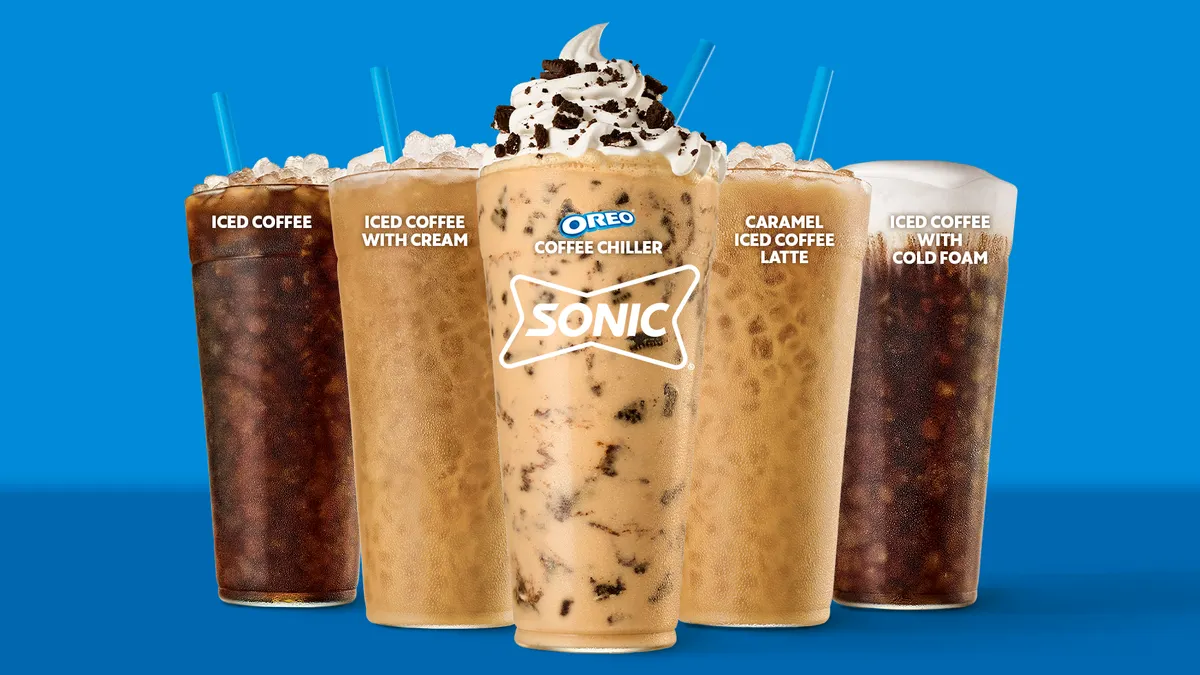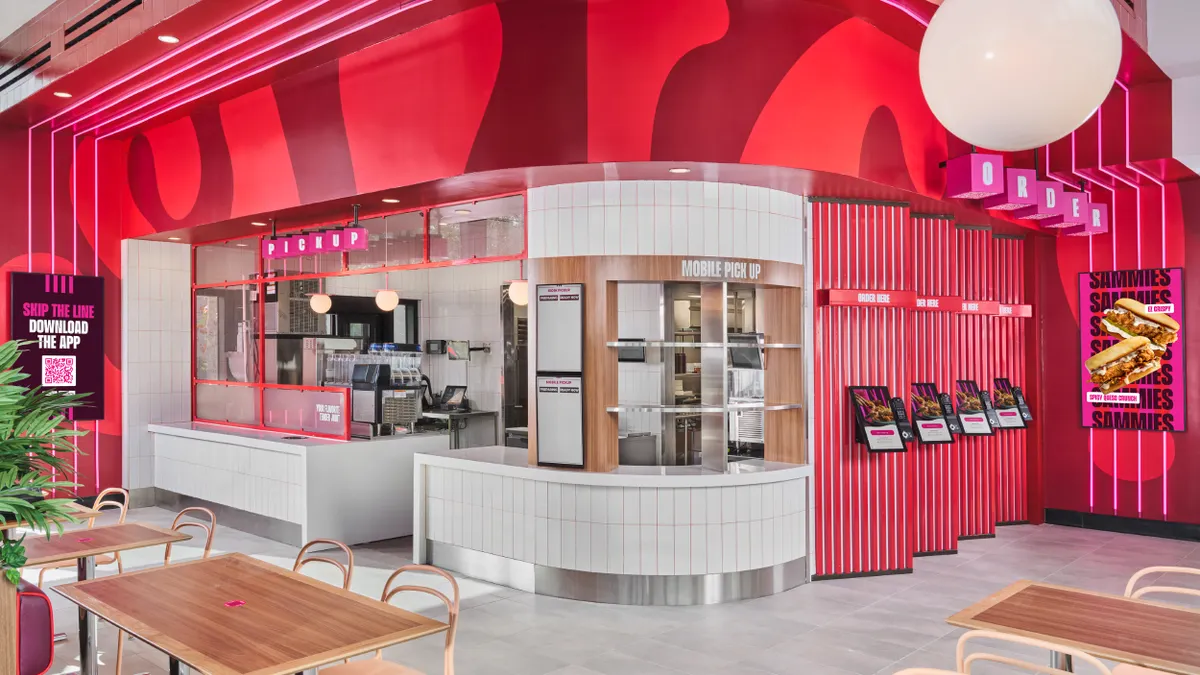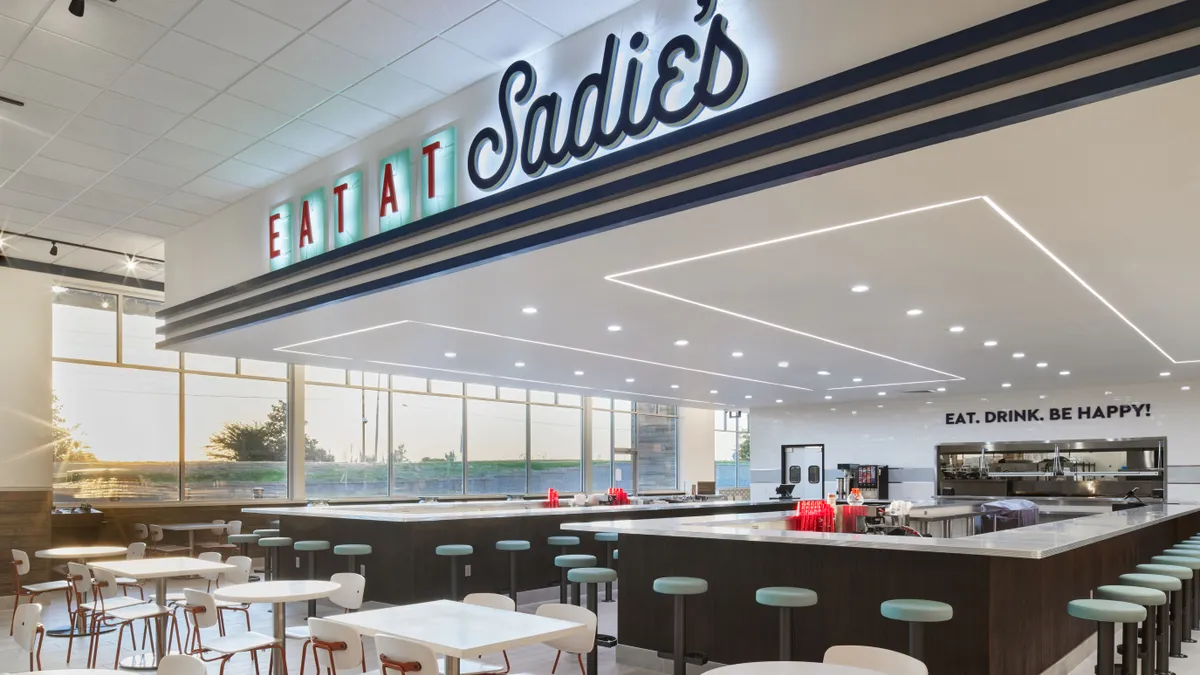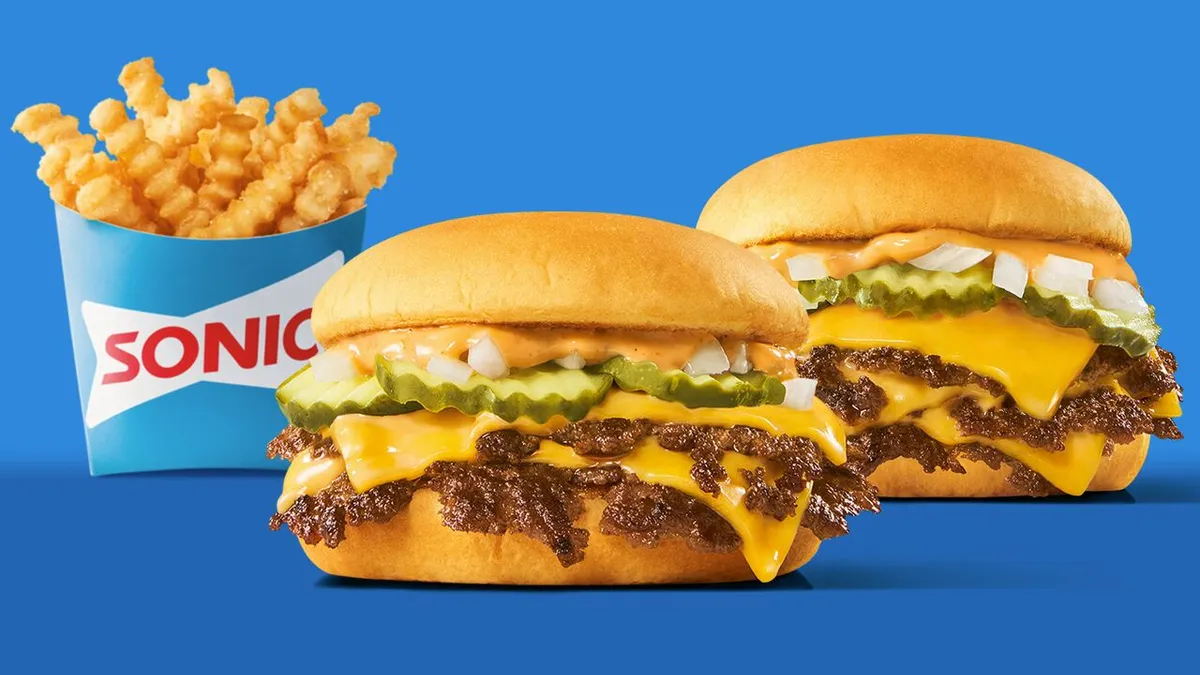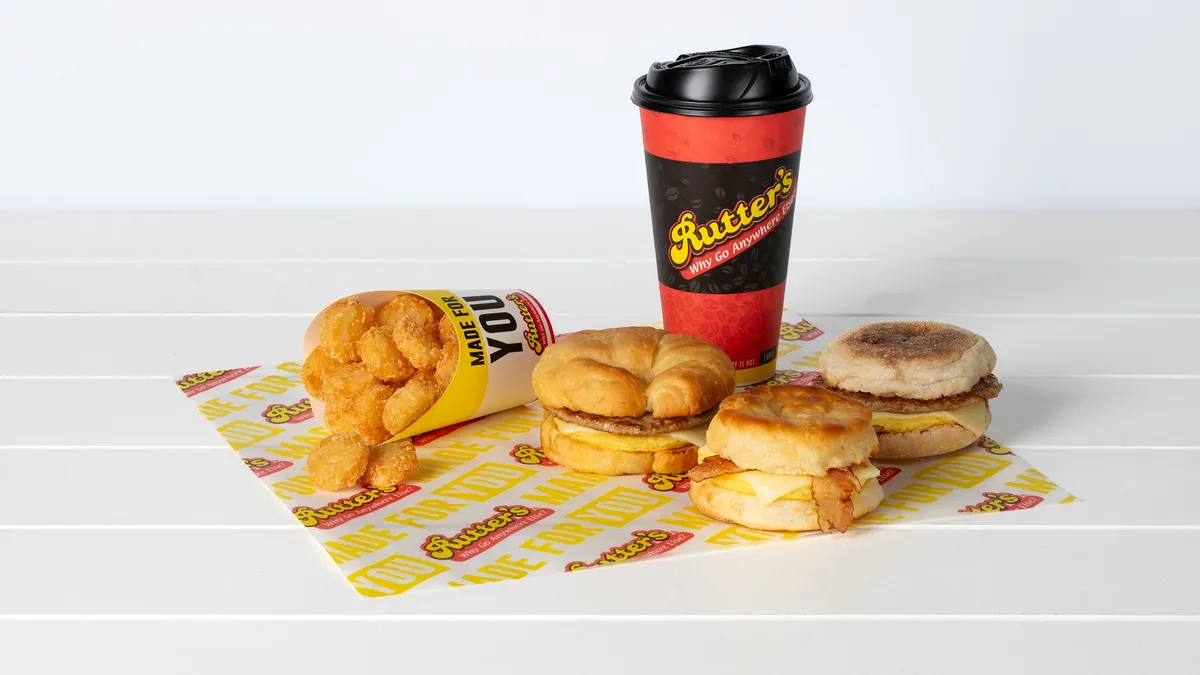East Coast Wings + Grill is experimenting with its alcoholic beverage menu by introducing flavorful cocktails, such as peach and mango cocktails, and drinks that are infused with jalapeño tequila, said Ashley Mitchell, the chain’s chief marketing officer. Such seasonal cocktails that “go big on flavor” are predicted to have a “breakout season” this summer — particularly drinks that don’t have an overwhelming alcohol volume, said Christina Stella, senior vice president of supplier partnerships at the alcohol distributor Provi.
There’s also been strong momentum around no- and low-alcohol offerings — including drinks that look and taste like real cocktails, Stella said.
“On our marketplace, operators are pairing bright, fruit-forward builds like spicy mango margs and smoky Palomas with high-rotation mocktail versions,” Stella said.
Demand for alcoholic beverages has grown since the 2020 Covid-19 pandemic, Datassential’s 2025 State of the Adult Beverage Menu report found. And adult drinks continue to “play an important role in many casual dining visits and are a key contributor to driving check averages,” said Kendra Keenan, Datassential’s senior marketing manager.
When building alcoholic beverage and cocktail menus for the summer, restaurants should ensure their offerings are unique and exciting but still speak to their brand and their customers. Drinks also need to be created quickly and consistently at scale, industry leaders say.
When done right, alcohol beverage menus can have a big impact on sales.
Maggiano’s Little Italy, for instance, was able to reverse a multi-year decline in beverage sales by partnering with a master sommelier to curate a collection of six wines that pair with its menu and by introducing a Mixology Collection of new cocktails, said Anthony Amoroso, the casual dining chain’s vice president of innovation and growth.
The Mixology Collection includes a Smoked Old Fashioned that is served in a smoke box — tapping into a growing demand for beverage experiences that feel unique and personal to guests, Amoroso said.
“Cocktails and wines are an important part of our strategy,” said Amaroso. “We want to offer our guests experiences that would normally be reserved for high-end dining.”
Trending cocktails and mocktails
Angry Crab Shack has tried to tap into a growing demand for mocktails by adapting most of its popular cocktails into non-alcoholic versions without losing flavors, said Allison Maize, the chain’s regional operations director.
Some consumers are veering away from alcoholic drinks but still “want something beyond sodas and teas,” she said.
Despite the non-alcoholic trend, many restaurants haven’t paired down the number of alcoholic beverages on their menus, the Datassential report found.
Fine dining establishments actually expanded the number of items on their cocktail menus from an average of 14 in 2014 to 19 items in 2024. Casual dining restaurants maintained their cocktail offerings within a narrow range of about 20 items per menu during that time, Keenan said, citing the report’s findings.
Fast casual dining establishments, on the other hand, shifted focus from cocktails to wine offerings — catering to “younger, health-conscious, or sober-curious patrons,” Keenan added.
Fruit-flavored drinks have been gaining in popularity across beverage categories, including in cocktails and punches, Keenan stated.
The menu presence of dragon fruit-flavored drinks on cocktail menus grew 337% over the past four years, according to a Datassential report. The fraction of menus featuring Tajin flavored cocktails also grew 256% during that time, the menu penetration of Chamoy — flavors based on Mexican pickled fruit — rose 225% and the prevalence of Mango Chili increased 159%, the report added.
East Coast’s spicy margarita with fresh jalapeños has been a hit, Mitchell said. The chain has also noticed that seltzers and low-alcohol options that appeal to health-conscious guests have been trending throughout the industry, she added.
Younger guests often look for creative twists on classic flavor profiles or drinks served in fun formats like frozen cocktails or flight-style presentations — something that “surprises them, feels sharable, and fits the moment,” said Stella.
Building drink menus that pop
Tom’s Watch Bar has been trying to “tap into guest demand for premium spirits and bold flavorful profiles” by offering cocktails featuring actor Mark Wahlberg’s Flecha Azul Tequila, said Brooks Schaden, the chain’s co-CEO.
The brand offers visually appealing drinks that cater to group orders, like its Party Starter — a double margarita with hibiscus and Red Bull, he said.
Tom’s designs its menu to be exciting and approachable to both casual consumers and corporate groups. It serves classic, recognizable cocktails with a twist, and finds opportunities to upsell with top-shelf liquors, Schaden said.
When building drink menus, restaurants should analyze local ordering data to determine what’s actually performing well, not just trending, Stella said. They should also offer cocktails that are scalable, can be executed consistently, and that employees can be easily trained to make, she said.
“Every item on your cocktail list should pull its weight — from flavor and speed to profitability and guest appeal,” said Stella. That means avoiding drinks that “complicate the bar, slow down service, or rely on ingredients that gather dust.”
East Coast looks for drinks that are easy to make but have high markup potential, and places a focus on balancing variety with price to maximize sales, according to Mitchell.
The chain uses guest insights to help build a drink menu that appeals to their customers and encourages upsells such as premium spirits or specialty drinks. The brand finds these insights by gathering feedback through loyalty member focus groups, said Mitchell.
Restaurants should keep an eye on Cost of Goods Sold (COGS) and Product Mix (PMIX) reports when tracking the profit margins of new items, said Lorna Martinez, vice president of marketing at Famous Toastery.
Consistency across a brand is also critical when introducing new menu items. Maggiano’s conducted an extensive restaurant-wide training effort when launching its new beverage program, Amoroso said.
New cocktail offerings also need to reflect who the restaurant is as a brand and what they stand for, said Amoroso. Maggiano’s cocktails help the restaurant offer fine dining quality presentation in a way that’s “warm, welcoming, and approachable,” he said.







